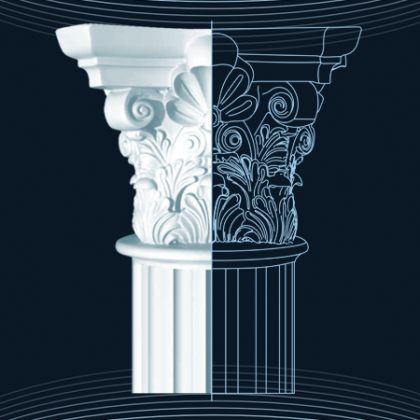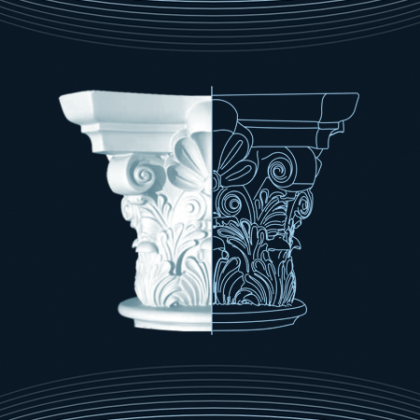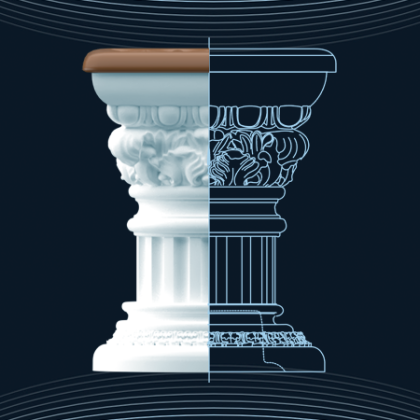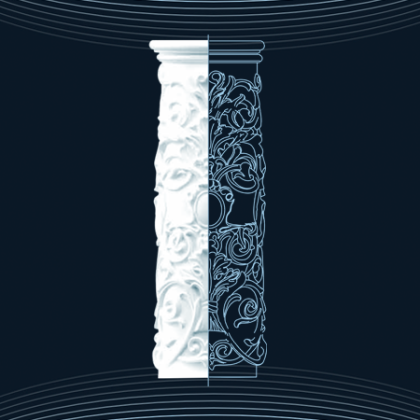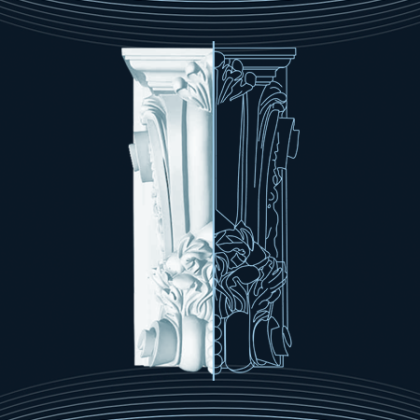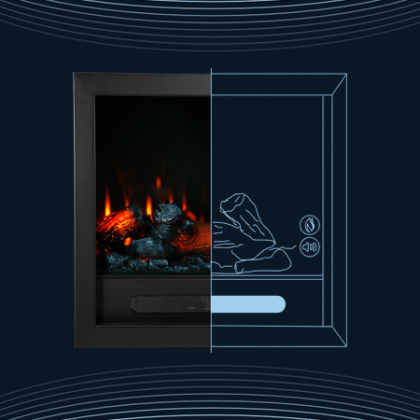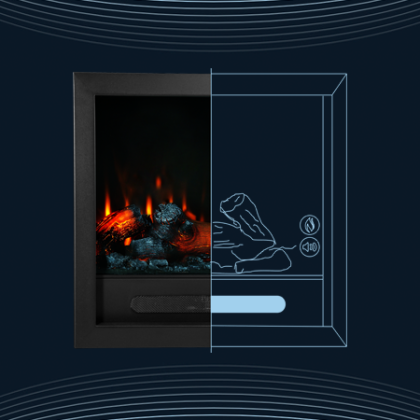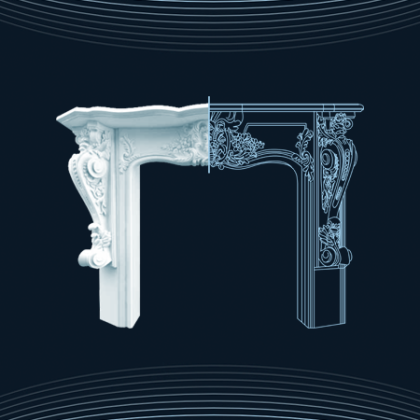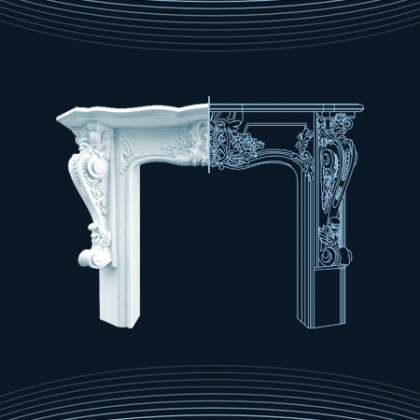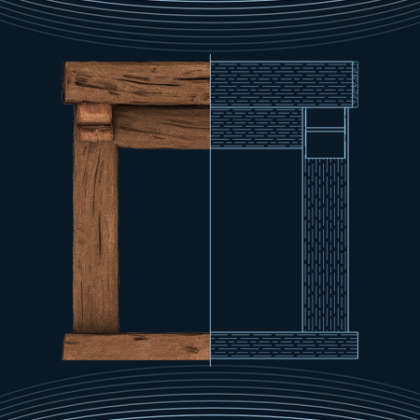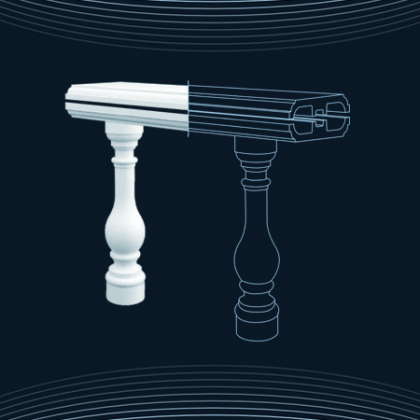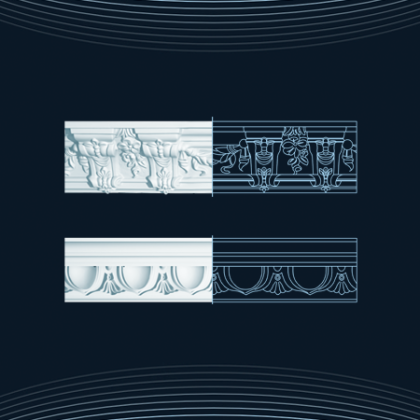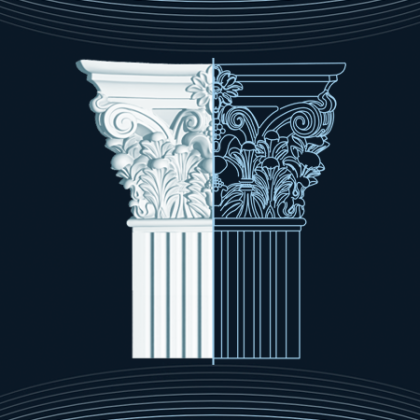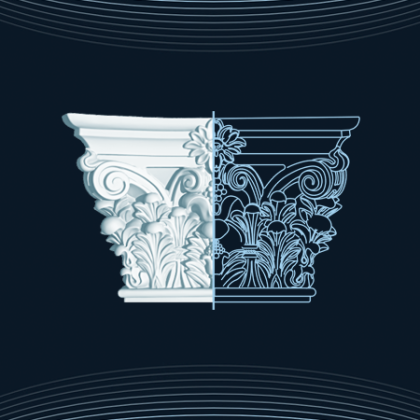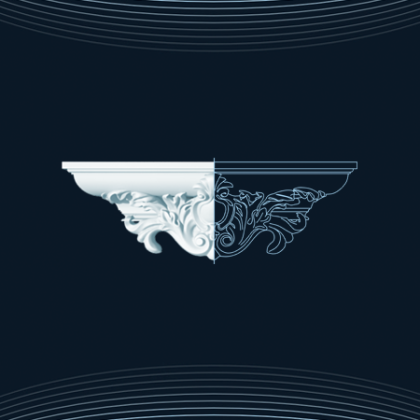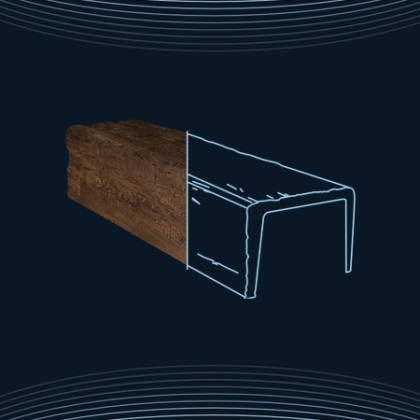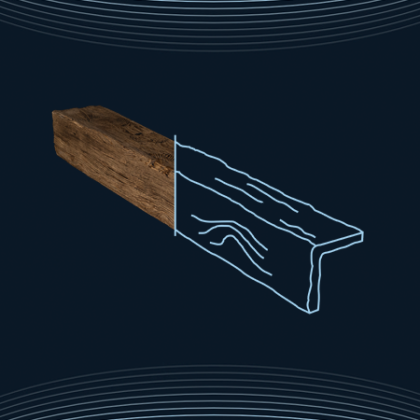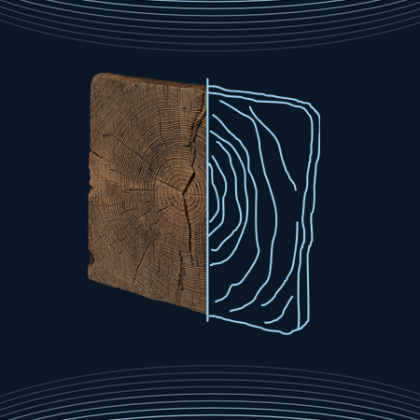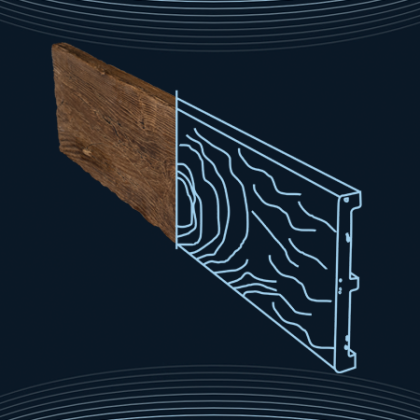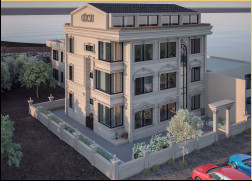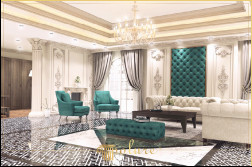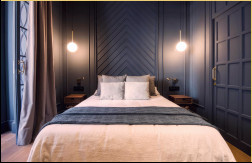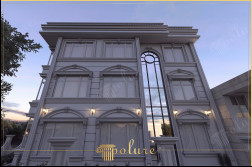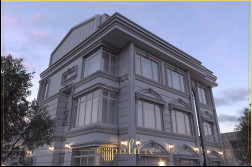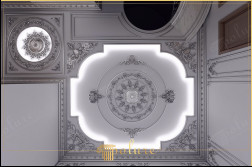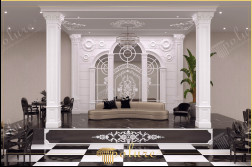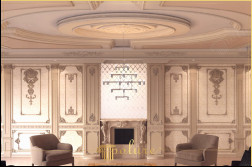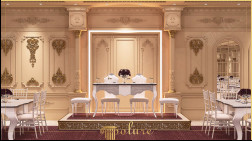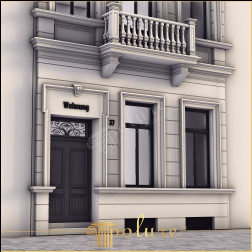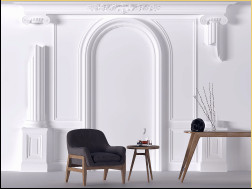Polyurethane in hotel interior decoration refers to using this versatile material in various design elements for a stylish and durable finish. Hotel interiors should aim for an inviting, comfortable, and visually appealing environment that reflects the hotel's brand and meets guests' expectations. This can include using polyurethane in furniture, wall finishes, flooring, and decorative details for a cohesive and attractive design.
Hotel interior decoration plays a crucial role in attracting and retaining guests. It's not just about aesthetics; it's about creating an ambiance that resonates with the guests. Polyurethane, with its versatility and durability, has emerged as a popular material in hotel interior decoration. This article explores innovative ways to incorporate polyurethane into hotel interiors. Polyurethane is known for its durability, ease of maintenance, and resistance to wear and tear. It can mimic the look of more expensive materials like wood and stone, making it a cost-effective solution for luxury finishes. Its flexibility allows for creative designs, from intricate moldings to sleek, modern finishes. Use polyurethane panels to add texture and depth to walls. They can be designed to mimic various textures like brick, stone, or wood, adding warmth and character to the hotel rooms and common areas. Create bespoke furniture pieces with polyurethane. Its moldability allows for unique shapes and styles, from elegant headboards in guest rooms to striking reception desks. Design custom lighting fixtures with polyurethane. Its versatility enables the creation of intricate designs that can become statement pieces in lobbies, dining areas, or bars. Add architectural interest with polyurethane moldings, cornices, and columns. These elements can enhance the grandeur and elegance of hotel spaces, contributing to a memorable guest experience. Incorporating polyurethane into hotel interior decoration offers endless possibilities to create spaces that are both beautiful and functional. Its adaptability and cost-effectiveness make it an ideal choice for hotels looking to stand out. By focusing on innovative design and attention to detail, hotels can use polyurethane to craft interiors that enchant and delight their guests.Polyurethane Hotel Interior Decoration Ideas
Introduction
Why Polyurethane?
Decorative Ideas
Wall Accents and Panels
Custom Furniture
Lighting Fixtures
Architectural Details
Conclusion
The role of hotel interior decoration ideas in history is about how hotel interiors should be designed.
The concept of hotel interior decoration has evolved significantly over centuries, marking its importance not just in the realm of hospitality, but also in the broader context of cultural, social, and economic history. From the lavish inns of ancient times to the modernist designs of the 21st century, the evolution of hotel interior decoration reflects changing tastes, technologies, and societal norms. In ancient civilizations, such as Rome and Greece, inns and rest houses catered to travelers, offering basic accommodations. These spaces, while modest, were adorned with frescoes and mosaics, reflecting the importance of offering a visually pleasing environment. In the medieval period, inns and taverns continued to serve travelers, with the interior decoration often featuring sturdy, functional furniture, and tapestries that added warmth and color. The Renaissance period brought a new emphasis on aesthetics and comfort in hotel interiors, with grand establishments in major European cities displaying ornate furniture, luxurious fabrics, and artworks. The 19th century saw the birth of grand hotels, where opulence was key, and the interior decoration was designed to impress and signify status, incorporating lavish textiles, intricate wallpapers, and elaborate lighting fixtures. The 20th century introduced modernism into hotel interior decoration, emphasizing simplicity, functionality, and minimalism, reflecting broader architectural and design trends. The latter part of the century and the early 21st century saw a diversification in styles, with a focus on themes, sustainability, and local culture, reflecting a more personalized and environmentally conscious approach to hotel design. Hotel interior decoration has always been a reflection of the times, serving as a mirror to the cultural, social, and economic priorities of society. From the functional and aesthetic designs of ancient inns to the personalized and sustainable approaches of today, the evolution of hotel interior decoration ideas marks a significant place in history, illustrating humanity's ongoing quest for comfort, beauty, and innovation in the spaces that accommodate our travels.The Historical Place of Hotel Interior Decoration Ideas
Ancient and Medieval Periods
The Renaissance to the 19th Century
The 20th Century and Beyond
Conclusion
Ideas for decorating a hotel interior with polyurethane - What should the decoration of a hotel interior be like? Characteristics?
Polyurethane Hotel Interior Decoration Ideas
When it comes to hotel interior decoration, creating an inviting atmosphere that resonates with guests is paramount. Polyurethane, with its versatility and durability, offers myriad possibilities to achieve a unique aesthetic. Here’s how polyurethane can be effectively utilized in hotel interior decoration:
Durable and Stylish Flooring
Polyurethane finishes on wooden floors not only impart a sophisticated look but also offer protection against wear and tear, making them ideal for high-traffic areas like hotel lobbies and corridors.
Elegant Wall Finishes
With polyurethane, walls can be transformed into elegant canvases. From smooth, glossy finishes to textured patterns, polyurethane can be applied in various ways to enhance the visual appeal of hotel interiors.
Functional and Aesthetic Furniture
Utilizing polyurethane in furniture design allows for the creation of pieces that are both aesthetically pleasing and highly durable. It’s particularly beneficial for seating, tables, and other furniture subjected to frequent use.
Decorative Accents
Polyurethane moldings and trim can be used to add intricate details and a touch of sophistication to rooms. They are lightweight, easy to install, and can mimic the look of more expensive wood or stone materials.
Advantages of Using Polyurethane in Hotel Interiors
- Durability: Polyurethane is resistant to scratches, stains, and water, making it suitable for hotels that experience high guest turnover.
- Flexibility: It can be molded into various shapes and finishes, allowing for custom designs that can set a hotel apart from its competitors.
- Maintenance: Its ease of maintenance is a significant advantage, as it can be cleaned with minimal effort, ensuring the hotel interiors remain pristine.
- Eco-Friendliness: Many polyurethane products are now being produced in an environmentally friendly manner, aligning with the growing trend of sustainable hotel design.
In conclusion, incorporating polyurethane into hotel interior decoration offers a blend of aesthetic appeal, durability, and practicality. It enables designers to create spaces that are not only beautiful but also withstand the rigors of hotel usage, ensuring that interiors remain appealing to guests over time.
Yes, the applications of polyurethane in hotel interior decoration vary. The decoration should be tailored to the hotel's theme and guest expectations.
Polyurethane is a versatile material widely used in various industries, including interior decoration. Its flexibility, durability, and aesthetic appeal make it an excellent choice for hotel interiors, where both functionality and design are paramount. This article explores the diverse applications of polyurethane in hotel interior decoration and offers insights into how it should be utilized to create welcoming, durable, and stylish environments. Polyurethane can be used in numerous ways within hotel interiors, each serving a unique purpose while contributing to the overall aesthetic and functionality of the space. Some of the key applications include: When incorporating polyurethane into hotel interior decoration, several factors should be considered to ensure that the end result is both attractive and functional: The use of polyurethane in hotel interior decoration offers a range of benefits, from enhancing the aesthetic appeal of spaces to ensuring their durability and functionality. By carefully selecting and incorporating polyurethane materials into hotel designs, interior decorators and architects can create inviting, comfortable, and beautiful environments that stand the test of time.Polyurethane Usage in Hotel Interior Decoration
Introduction
Applications of Polyurethane in Hotel Interiors
Design Considerations for Polyurethane in Hotel Interiors
Conclusion
Polyurethane is a versatile material often used in hotel interior decoration for its durability and aesthetic appeal. When decorating a hotel interior, it's important to focus on creating a welcoming, comfortable, and stylish environment. This can be achieved through the use of polyurethane in various forms, such as wall panels, moldings, and furniture finishes. The decoration should reflect the hotel's brand, cater to its target audience, and enhance the overall guest experience. Models of polyurethane decoration can range from modern and sleek designs to more traditional and ornate styles, allowing for customization to fit the hotel's theme and design goals.
When it comes to hotel interior decoration, creating an ambiance that resonates with guests is key. Polyurethane, with its versatility and durability, offers myriad possibilities to elevate hotel interiors. This article explores innovative ideas for using polyurethane in hotel decor, ensuring both style and functionality. Polyurethane is a preferred material for hotel interior decoration due to its resilience and adaptability. It can mimic the texture and appearance of more expensive materials like wood and stone, at a fraction of the cost. Additionally, its maintenance is straightforward, making it ideal for high-traffic areas. Hotel interior decoration with polyurethane offers endless possibilities to create spaces that are both inviting and memorable. By integrating polyurethane elements, hotels can achieve a luxurious look and feel without compromising on durability or cost. Whether it's through elegant wall panels, stylish furniture, or decorative accents, polyurethane can transform any hotel into a haven of comfort and style.Polyurethane Hotel Interior Decoration Ideas
Introduction
Why Choose Polyurethane?
Ideas for Polyurethane Decorations
Conclusion
Polyurethane for hotel decoration - What's the right way to decorate a hotel interior? Can it be used on outside walls?
When it comes to hotel interior decoration, polyurethane has become a popular choice due to its durability, ease of maintenance, and aesthetic flexibility. Traditionally used for interior applications such as moldings, trim, and decorative panels, polyurethane offers a wood-like appearance without the susceptibility to decay or insect damage. However, the question arises: Can polyurethane also be used on exterior walls? Polyurethane is a versatile material that can be formulated to be either rigid or flexible. It is highly resistant to abrasion, various chemicals, water, and UV light, making it an excellent choice for both interior and exterior applications. Its lightweight nature also makes it easy to install, reducing labor costs and time. While polyurethane is commonly associated with interior decoration, its properties make it suitable for exterior use as well. For hotel exterior walls, polyurethane can serve as decorative trim, molding, or even cladding. It can withstand harsh weather conditions, including heavy rain, extreme temperatures, and sunlight, without deteriorating quickly. Moreover, polyurethane finishes are available in a wide range of colors and textures, allowing for design flexibility to match the hotel's architectural style. Before opting for polyurethane for hotel exterior walls, it's important to consider the local climate and environmental conditions. While polyurethane is generally resistant to weathering, extreme conditions may necessitate additional protective measures, such as UV-resistant coatings. Additionally, professional installation is recommended to ensure that the material is correctly applied and sealed, preventing moisture ingress and ensuring longevity. In conclusion, polyurethane is not only suitable for hotel interior decoration but can also be effectively used on exterior walls. Its durability, ease of maintenance, and aesthetic flexibility make it an excellent choice for enhancing the exterior appeal of hotels. By carefully considering environmental factors and ensuring professional installation, hoteliers can take advantage of this versatile material to create stunning, long-lasting exterior designs.Polyurethane in Hotel Interior Decoration: Usage on Exterior Walls
Understanding Polyurethane
Exterior Use of Polyurethane
Advantages of Polyurethane for Exterior Walls
Considerations for Using Polyurethane on Exterior Walls
Conclusion
Can polyurethane hotel interior decorations be painted, and how should they be decorated?
When it comes to hotel interior decoration, achieving a distinctive look that can stand the test of time is crucial. Polyurethane is a popular material used in hotel interiors for its durability and versatility. But a common question arises: can polyurethane decorations be painted? Polyurethane is a synthetic resin known for its exceptional durability and resistance to wear, making it ideal for hotels that experience high traffic. It can be molded into intricate designs, making it a preferred choice for decorative elements in hotels, such as moldings, wall panels, and furniture. The short answer is yes, polyurethane decorations can be painted. However, the process requires careful preparation to ensure the paint adheres well and lasts a long time. Here are some steps to follow: Painting polyurethane hotel interior decorations is a viable way to refresh or customize the look of a hotel's interior. With the right preparation and materials, polyurethane decorations can be successfully painted, allowing hoteliers to tailor their interiors to their precise aesthetic requirements. This flexibility makes polyurethane an even more attractive option for hotel interior decoration.Polyurethane Hotel Interior Decoration Ideas: Can They Be Painted?
Understanding Polyurethane
Painting Polyurethane Decorations
Conclusion
Applying polyurethane in hotel interior decoration involves careful planning and execution to enhance the aesthetic appeal and durability of surfaces. Here's how it should be done: 1. **Surface Preparation**: Ensure surfaces are clean, dry, and free from any debris. Sand the surface lightly to create a smooth base. 2. **Choosing the Right Polyurethane**: Select a polyurethane type suitable for the interior space, considering factors like ventilation, drying time, and the desired finish (matte, satin, or gloss). 3. **Application Tools**: Use high-quality brushes or a sprayer for an even application. Avoid cheap brushes to prevent bristle loss and uneven coverage. 4. **Application Process**: Apply the first coat thinly, following the wood grain direction. Allow it to dry completely, then sand lightly before applying the next coat. Repeat this process for 2-3 coats for optimal protection and finish. 5. **Drying and Curing Time**: Respect the drying times specified by the polyurethane manufacturer. The curing process might take longer, during which the surface should not be subjected to heavy use. 6. **Ventilation**: Ensure good ventilation during application and drying to avoid inhaling fumes and to speed up the drying process. For hotel interior decoration: - **Theme Consistency**: The decoration should reflect a consistent theme throughout the hotel, aligning with its brand and the experience it aims to offer. - **Functionality and Comfort**: While aesthetics are important, functionality and
Applying Polyurethane in Hotel Interior Decoration
When it comes to hotel interior decoration, creating an ambiance that resonates with comfort, luxury, and a welcoming vibe is paramount. Polyurethane plays a significant role in achieving such an atmosphere due to its versatility, durability, and aesthetic appeal. This article explores how to apply polyurethane in hotel interior decoration and the principles that should guide the decoration process.
How to Apply Polyurethane in Hotel Interiors
Applying polyurethane in hotel interiors requires a thoughtful approach to ensure both durability and elegance. Here are steps to consider:
- Choose the Right Type: Select between water-based and oil-based polyurethane based on the surface you're working with and the desired finish.
- Prepare the Surface: Ensure the surface is clean, dry, and smooth. Sanding may be necessary for optimal adhesion.
- Apply Thin Coats: Use a high-quality brush or sprayer to apply thin, even coats, allowing sufficient drying time between layers.
- Consider the Finish: Decide on a gloss, semi-gloss, or satin finish depending on the room's lighting and the ambiance you wish to create.
Principles of Hotel Interior Decoration
Hotel interior decoration should adhere to principles that enhance guest experience and operational functionality. These include:
- Comfort and Luxury: Furnishings and finishes should prioritize guest comfort while exuding a sense of luxury.
- Brand Consistency: The interior design should reflect the hotel's brand identity and values consistently throughout the premises.
- Functionality: Design elements must serve practical purposes, facilitating easy maintenance and operational efficiency.
- Local Influence: Incorporating local art, culture, and materials can distinguish the hotel and enrich the guest experience.
By meticulously applying polyurethane and adhering to these decoration principles, hotels can create enchanting interiors that captivate and comfort their guests, ensuring memorable stays and encouraging repeat visits.
Polyurethane hotel interior decoration ideas focus on durable, versatile materials for a sophisticated look. Styrofoam hotel interior decoration ideas, however, lean towards cost-effective, lightweight options for temporary or budget-friendly designs.
When it comes to hotel interior decoration, the choice of materials can significantly impact the overall ambiance and functionality of the space. Two popular materials used in hotel decorations are polyurethane and styrofoam. Each offers unique benefits and drawbacks, making them suitable for different applications. Polyurethane is a versatile polymer that can be rigid or flexible, making it an excellent choice for a wide range of hotel interior decorations. Its applications can range from moldings and door frames to wall panels and decorative accents. Styrofoam, also known as expanded polystyrene (EPS), offers a lightweight and cost-effective solution for hotel interior decorations. It is commonly used for ceiling tiles, moldings, and creative shapes for thematic decorations. In conclusion, both polyurethane and styrofoam have their place in hotel interior decoration. The choice between them depends on the specific needs of the project, including budget, durability requirements, and the desired aesthetic. By understanding the differences and advantages of each material, hotel owners and designers can make informed decisions to create beautiful, functional spaces that delight guests.Differences in Hotel Interior Decoration Ideas: Polyurethane vs Styrofoam
Introduction
Polyurethane Hotel Interior Decoration
Benefits:
Considerations:
Styrofoam Hotel Interior Decoration
Benefits:
Considerations:
Conclusion
Polyurethane vs. Plaster in Hotel Interior Decoration: Polyurethane is a versatile, durable material often used in hotel interiors for moldings, trim, and decorative features. It's lightweight, easy to install, and resistant to moisture and wear, making it ideal for high-traffic areas. Plaster, on the other hand, is a traditional material that offers a classic look. It's used for creating detailed architectural features like cornices, ceiling roses, and decorative columns. Plaster requires skilled application and is more fragile than polyurethane but provides an elegant finish. In decorating hotel interiors, the choice between polyurethane and plaster depends on the desired aesthetic, budget, and maintenance considerations. Polyurethane offers practicality and durability, while plaster provides a timeless elegance.
Hotel Interior Decoration Ideas: Polyurethane vs. Plaster
When it comes to hotel interior decoration, creating an atmosphere that is both inviting and enduring is paramount. Among the myriad of choices available for materials, polyurethane and plaster stand out for their unique characteristics and applications. Understanding the differences between these two materials can help hoteliers make informed decisions about their interior decoration strategies.
Polyurethane in Hotel Interior Decoration
Polyurethane is a versatile and durable synthetic material widely used in hotel interior decorations. It is favored for its lightweight, resistance to wear and tear, and ease of maintenance. Polyurethane can be molded into intricate designs, making it an excellent choice for decorative moldings, wall panels, and ceiling medallions. Its resilience to moisture and mold also makes it suitable for hotels in humid climates or those with indoor pools and spas.
Plaster in Hotel Interior Decoration
Plaster, on the other hand, is a time-tested material that has been used for centuries in building and decoration. It offers a classic and elegant finish that can be sculpted into detailed patterns and textures. Plaster is highly prized for its ability to create a seamless and cohesive look, ideal for historic hotels or those aiming for a luxurious, high-end ambiance. However, it requires skilled artisans for installation and is more susceptible to damage from impacts or moisture compared to polyurethane.
Choosing Between Polyurethane and Plaster
The choice between polyurethane and plaster for hotel interior decoration depends on several factors including budget, design goals, and maintenance capabilities. Polyurethane is cost-effective, versatile, and low maintenance, making it suitable for a wide range of hotel styles. Plaster, while more expensive and labor-intensive, offers unmatched elegance and a sense of permanence that can significantly elevate a property’s aesthetic.
In conclusion, both polyurethane and plaster have their distinct advantages for hotel interior decoration. By carefully considering the specific needs and aspirations of their property, hoteliers can select the material that best aligns with their vision, ensuring a welcoming and visually appealing environment for their guests.
Polyurethane precast is made from a type of plastic that is flexible and durable. GRC precast, or Glassfibre Reinforced Concrete, is made by adding glass fibers to concrete, making it stronger and lighter.
In the construction industry, precast elements made from various materials are increasingly used for their efficiency, durability, and aesthetic versatility. Among these materials, Polyurethane (PU) and Glassfibre Reinforced Concrete (GRC) stand out for their unique properties and applications. This article explores the differences between Polyurethane Precast and GRC Precast to help professionals make informed decisions. Polyurethane Precast refers to the use of polyurethane, a type of polymer, in the creation of building elements that are cast in a reusable mold or form. This material is known for its lightweight, high strength-to-weight ratio, and excellent thermal insulation properties. Polyurethane precast elements are often used for decorative features, insulation panels, and in situations where lightweight components are required. GRC Precast, or Glassfibre Reinforced Concrete Precast, involves the use of cement-based concrete reinforced with glass fibers. This combination results in a material that is both strong and lightweight, with the added benefit of being more flexible than traditional concrete. GRC is commonly used for facade panels, architectural cladding, and outdoor furniture due to its durability and ability to be molded into complex shapes. Choosing between Polyurethane Precast and GRC Precast depends on the specific requirements of the project, including weight, insulation needs, structural strength, and aesthetic considerations. By understanding the distinct characteristics of each material, architects, engineers, and contractors can select the most appropriate option for their construction projects.Difference Between Polyurethane Precast and GRC Precast
Introduction
What is Polyurethane Precast?
What is GRC Precast?
Main Differences
Conclusion
Ideas for decorating hotel interiors with polyurethane - What is the best way to decorate hotel interiors? What are the costs?
Polyurethane Hotel Interior Decoration Ideas
When it comes to hotel interior decoration, the aim is to create an ambiance that is both welcoming and memorable for guests. Polyurethane plays a significant role in achieving this goal due to its versatility and durability. Here are some innovative ideas for incorporating polyurethane into hotel interiors:
1. Luxurious Wall Panels
Implementing polyurethane wall panels can add a touch of elegance and sophistication to hotel lobbies and rooms. These panels can be designed to mimic various textures like wood, stone, or marble, offering a luxurious feel without the hefty price tag.
2. Durable Flooring
Polyurethane flooring is not only durable but also offers a wide range of designs. It can withstand high traffic areas such as hotel lobbies and hallways, maintaining its appearance over time. Moreover, it provides a comfortable walking surface for guests.
3. Decorative Ceiling Tiles
Ceiling tiles made from polyurethane can transform a plain ceiling into a masterpiece. They are lightweight, easy to install, and come in various designs, from traditional to modern, to match the hotel's theme.
4. Elegant Furniture
Furniture coated with polyurethane not only lasts longer but also adds an aesthetic appeal to hotel rooms and lounges. This material can be used on sofas, chairs, tables, and even bed frames, providing a sleek and modern look.
5. Customized Accents
Customized polyurethane accents such as moldings, trims, and cornices can add unique details to the hotel's interior decoration. These elements can highlight architectural features and complement the overall design theme.
Pricing Considerations
The cost of incorporating polyurethane in hotel interior decoration varies based on the complexity of the designs and the quantity of material used. On average, polyurethane products are cost-effective compared to natural materials, making them a preferred choice for hoteliers looking to balance budget and beauty. It's advisable to consult with suppliers and designers to get accurate pricing based on your specific needs.
In conclusion, polyurethane offers innovative and practical solutions for hotel interior decoration. Its flexibility in design and durability makes it an ideal choice for creating a welcoming and visually appealing environment for guests. By incorporating these ideas, hotels can achieve a luxurious look and feel that stands out, all while managing costs effectively.
Information Gallery
List of detailed descriptions of images in the image gallery.
 English
English
 Romanian
Romanian




